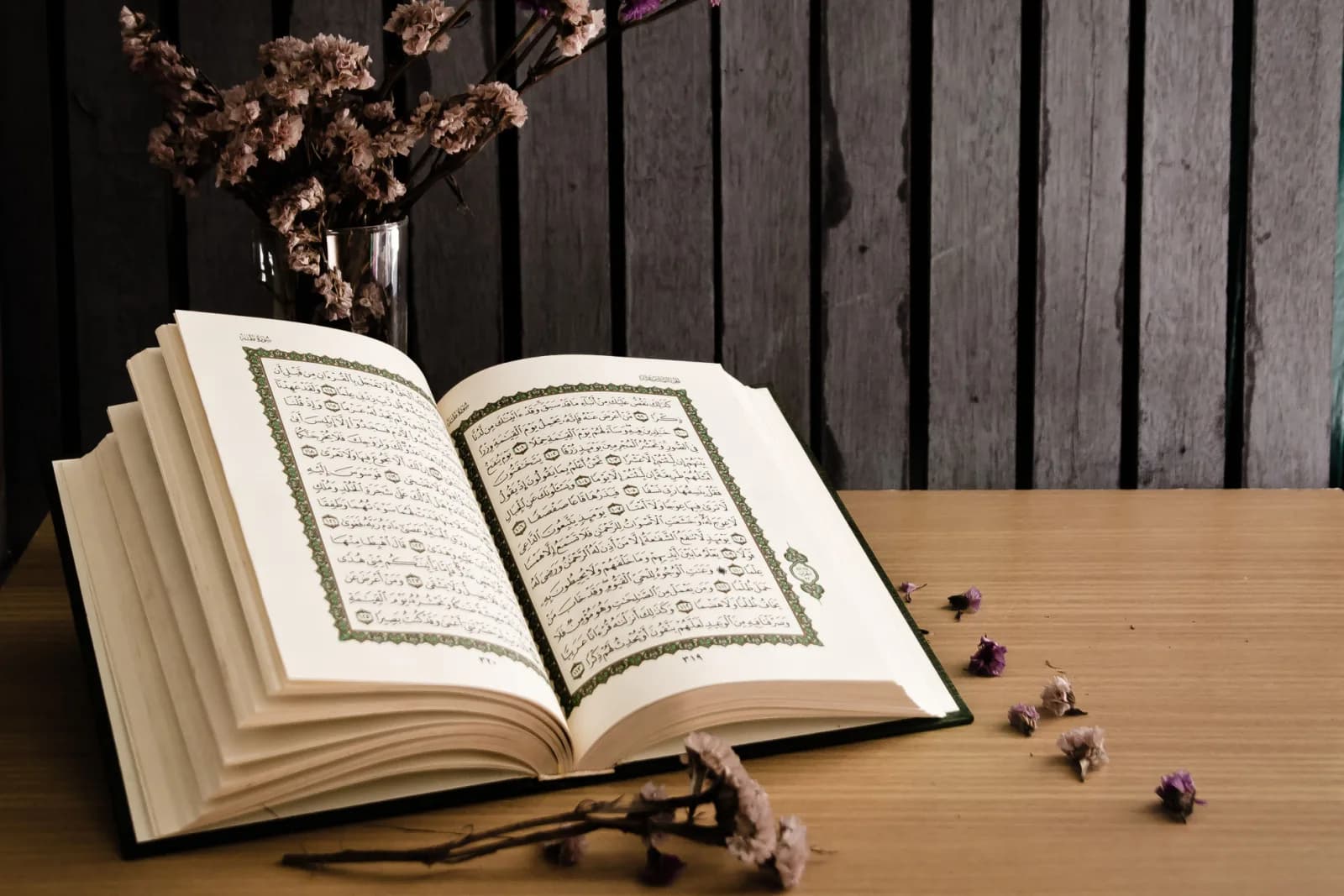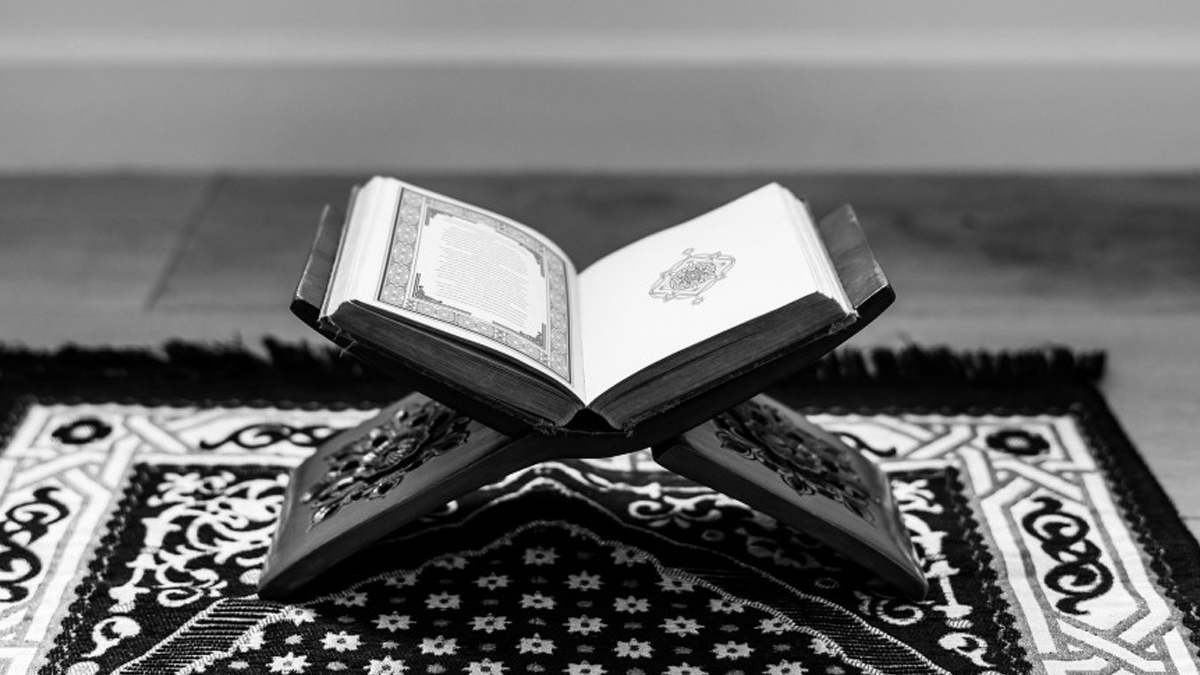- +201040914066
- info@quraaany.com


Do you want to know what is idgham in tajweed? You should know that following Allah’s Instructions are one way to become closer to Him, and reading the Quran is a potent way to do so. The instructions for reciting the Quran, known as Tajweed, provide guidance on how to pronounce and articulate words correctly. Finding out what Idgham in Tajweed means is one of these guidelines.
Idgham describes how certain letters can be combined when they appear in particular combinations, enhancing the elegance and fluidity of recitation. One aspect of Tajweed is comprehending and using Idgham, which guarantees that the Quran is recited accurately and with reverence. People strengthen their ties to the Quran and set out on a path of spiritual development with Allah by exploring Tajweed concepts like Idgham.
What is idgham in tajweed
In Tajweed, idgham refers to the process of combining or absorbing specific letters while changing from one letter to another under particular conditions in order to promote more fluid recitation. In the same word or between two words, it happens when a nasal sound is followed by a non-nasal sound.
Maintaining the rhythm and flow of Quranic recitation is the aim of Idgham. Combining An-Noon As-Sakinah or At-tanween with certain letters like ي, ر, م, ل, و, ن, and Ά is an example of Idgham.
For accurate Quranic recitation, it is essential to master Idgham. Accurate Quranic recitation requires knowledge of Tajweed, which includes these regulations.

what is idgham in tajweed and advantages in Tajweed
A key component of Tajweed, the guidelines for correctly pronouncing and reciting the Holy Quran, is idgham. It describes the combination of a vowel and a non-vowel letter to create a single, accentuated letter of the second kind.
This is especially crucial when one of the Idgham letters—which will be thoroughly described shortly—follows Noon Sakinah or Tanween.
For individuals who want to recite the Quran correctly and in accordance with recitation guidelines, mastering Idgham is crucial. By preventing any interruptions or pauses in between the letters, it aids in preserving the recitation’s rhythm and flow.
People can improve their Quranic recitation and strengthen their bond with the sacred book by comprehending and following the guidelines of Idgham.
Which two kinds of Idgham are there?
We now know what tajweed idgham means and when to apply it, but what are the many kinds? Will, Idgham comes in two varieties, which are:
- Ghunnah and Idgham.
- Without Ghunnah, Idgham.
What is idgham in tajweed?
We are aware that there are vowels and non-vowels in the Arabic language. We combine the two and recite them as a single letter in Idgham. To put it simply, Idgham is the blending of a vowel and a non-vowel letter to create a single letter that is pronounced as a single sound.
You can just form a word like يَرْمَلُون or لر ينمو to help you remember the letters; you can choose whichever works best for you. One more item about Idgham to consider.
How to acquire Idgham
Learning the letters involved in Idgham, studying the rules, and understanding that each type of Idgham—such as with Ghunna, without a Ghunnah, Mutganis, and other rules—has its own set of rules that you must learn and practice.
You can also practice with the numerous examples of Idgham used in the Quran until you are at ease with the way the letters are pronounced and combined.
Additionally, to guarantee proper pronunciation and comprehension of Idgham, you need to receive instruction from knowledgeable tutors who can walk you through the rules and offer you feedback on how you pronounce them.
Last but not least, you can sign up for Tajweed classes that will provide you a disciplined education on the subject of what Idgham in Tajweed is.
You can study Idgham and hone your Quranic recitation abilities by following these instructions. Keep in mind that practice is essential to understanding Idgham and other Tajweed regulations.

Read More: Powerful Dua for Marriage: Seek Blessings for Love
What Is Idgham’s Objective?
Maintaining the rhythm and flow of the Quranic recital is the aim of idgham. When connecting the letters in the recitation, the Idgham of the aforementioned letters is to prevent any interruptions or suddenness in their pronunciation. When done correctly and in accordance with Tajweed’s guidelines, it is seen as a beautification of the recitation.
Gaining proficiency in idgham is a crucial component of Tajweed for everyone who wants to recite the Quran correctly and in accordance with recitation guidelines.
Thus, the response may be summed up in the following six points:
- Easy Pronunciation: Makes it easier to pronounce neighboring letters for more fluid recitation.
- Enhances Flow: Produces a smooth transition between letters, which makes reciting them sound effortless.
- Respect for Tajweed: Assures that the norms of Quranic recitation are correctly applied.
- Proper Pronunciation: Prevents mispronunciations and preserves the words’ integrity.
- Enhances Beauty: Improving the melodic and palatable quality of recitation.
- Prevents Disjointed Speech: Prevents sudden breaks in speech between letters to maintain a continuous sound.
Correct pronunciation in idgham
Idgham preserves the proper pronunciation of the Quran while making recitation simpler, more fluid, and more elegant.
In conclusion about what is idgham in tajweed, un Tajweed, the term “idgham,” which means “merging,” describes the blending of two letters into a single sound, one of which is voweled and the other non-voweled (such as Tanween or Noon Sakinah). Certain principles and letters, as those in the mnemonic “يرملون,” serve as the basis for this assimilation. Idgham with Ghunnah (ي, ن, م, و) and Idgham without Ghunnah (ل, ر) are its two main categories.
Understanding the form of Idgham and using the merging procedure to guarantee fluidity without distortion are essential for proper pronunciation. Other forms with different articulation rules, such as Idgham Mutamathilayn, Mutaqaribayn, Mutajanisayn, and Shafawi, are also included in the notion.
Accurate Quranic recitation requires mastery of Idgham, which guarantees the right sound mixing while maintaining the text’s integrity.
The Quran provides examples of its use, such as when Noon Sakinah or Tanween is combined with particular letters.
It may be difficult yet beneficial for students to comprehend these norms, and organized courses like those offered by We can help. Reciters can attain clarity and elegance in their recitation by adhering to detailed instructions, honing their articulation, and using examples.